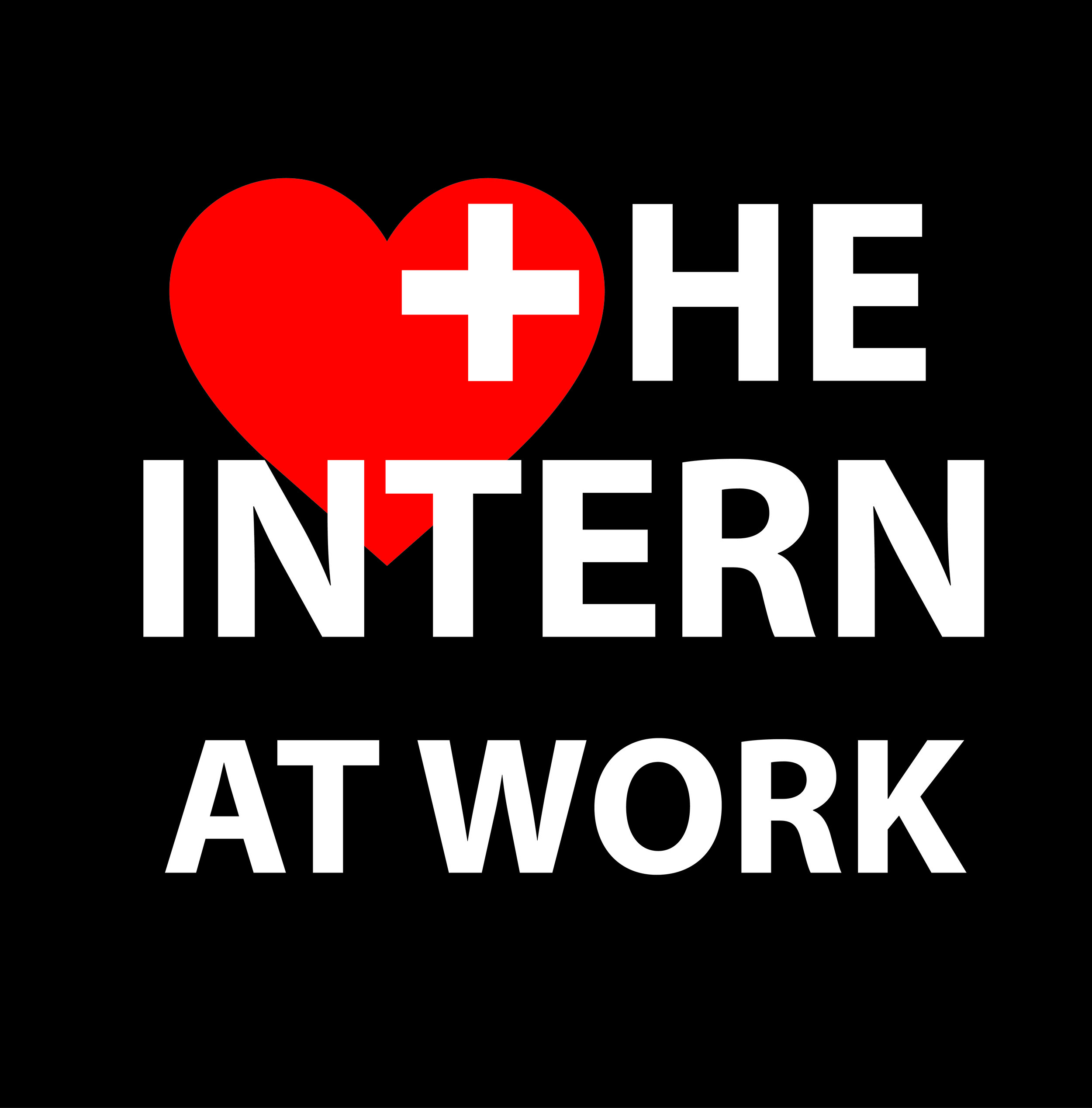Day 1- COPD Exacerbation
Respiratory Support
O2 by NP or venturi mask to keep oxyhemoglobin saturation >92%, or if CO2 retainer between 88-92% (check previous pCO2 levels)
Consider BiPAP for patients with the following present:
severe dyspnea with clinical signs suggestive of respiratory muscle fatigue
pH<7.35
PaCO2>45mmHg
RR>25
If BiPAP required, call RT for support. Preform trial for 2 hours and then repeat ABG/VBG to assess efficacy
Invasive ventilation should be considered if contraindications to, or failure of, NIPPV
2. Inhalers
Short-acting B-agonist:
Ventolin 2-4 puffs by MDI via aero chamber q4hrs while awake + q1hr PRN (or ventolin 2.5mg by nebulizer q1-4hr)
Short acting anticholinergic:
Ipatropium 2-4 puffs MDI via aero chamber q4hr while awake + q1hr PRN
3. Steroids
Prednisone 40mg PO daily x 5 days (GOLD guidelines)
4. Antibiotics
Patient can have an infectious COPDe (including viral or pneumonia) or non-infectious COPDe
It is important to remember that non-infectious COPDe does not require Abx
If patient fulfills Winnepeg’s Criteria (see infographic)
Organisms include Haemophilus Influenza, Morazella Catarrhalis and Streptococcus Pneumonia
Narrow spectrum: Amoxicillin 500mg PO TID, doxycycline 100mg PO BID
Broad spectrum: Amoxicillin/Clavulanate: 500mg PO TID x 5 days, levofloxacin 500mg PO x 5 days
If chest X-RAY shows infiltrate (pneumonia), ceftriaxone 1g IV q24hrs x 5 days and azithromycin 500mg PO x 1 (then 250mg PO daily x 4 days) can be used
After exacerbation:
Review home inhalers (does patient need escalation in therapy?)
If difficult to wean off O2, consider assessing need for home oxygen
Consider in-patient or out-patient Respirology consult
Smoking cessation counselling

